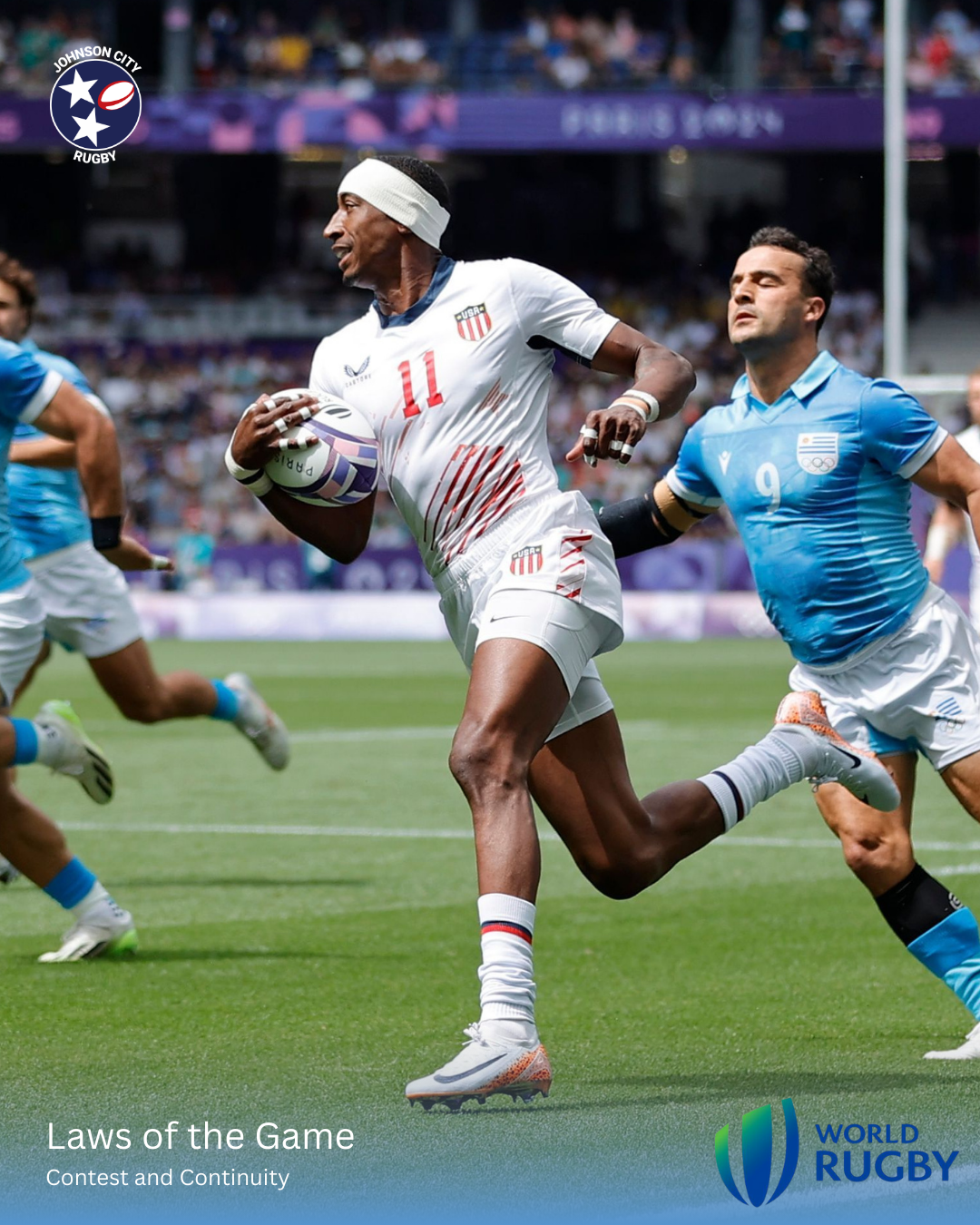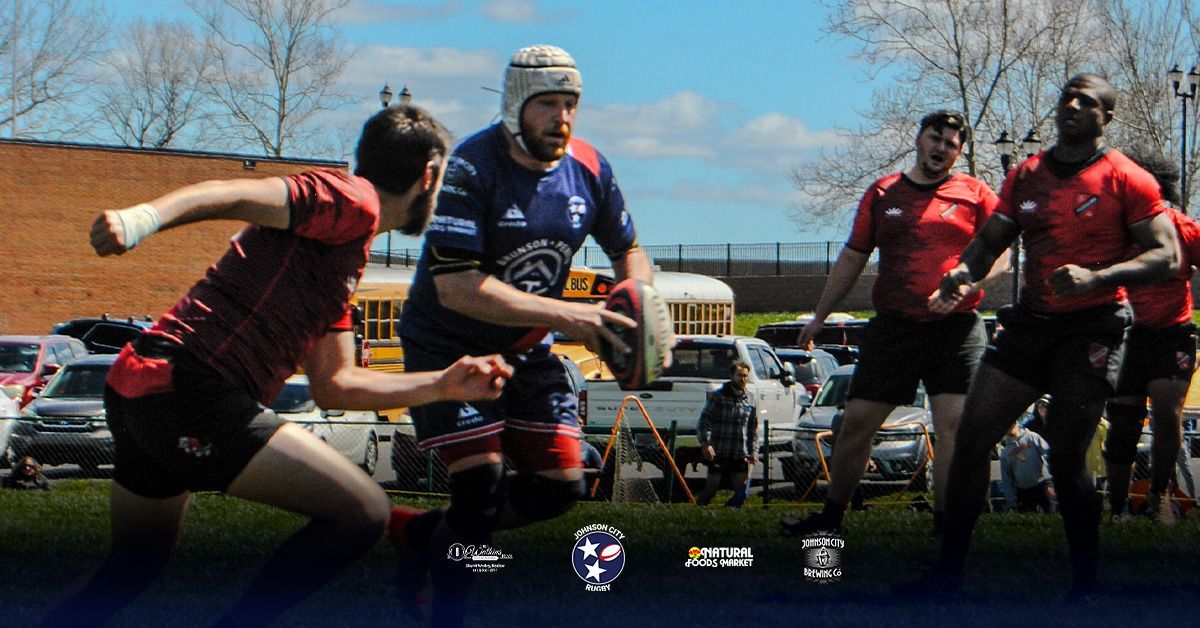Principles of the Game: Contest and Continuity
Adam Jasenak • September 1, 2024
Contest and Continuity: The Dynamic Heart of Rugby

At the core of rugby lies a fascinating interplay between contest and continuity, driving its unique rhythm and strategy.
Possession contests are a fundamental feature of rugby, occurring in contact situations, open play, and restarts through scrums, lineouts, kick-offs, and restart kicks. These moments present opportunities for teams to gain or retain possession, adding strategy to every phase of the game.
Rugby's rules reward superior skill. For instance, if a team kicks for touch due to their inability to maintain play, they forfeit the throw-in at the subsequent lineout. Similarly, a team that knocks the ball on or passes it forward loses the throw at the resulting scrum. This system ensures the advantage always lies with the team displaying better skill and control.
It's crucial that these contests remain fair. Even when one team has the advantage of throwing in at a lineout or feeding a scrum, the opposing team still has the opportunity to compete for possession. This balance between advantage and fair contest is a key principle of rugby's design.
The team in possession aims to maintain continuity by denying the opposition the ball and advancing to score points. Failure results in surrendering possession, due to their errors or the opposition's defense. This shift - profit and loss, attack and defense - creates the ebb and flow that makes rugby engaging.
One team maintains possession while the other contests, creating a balance between continuity and change. This applies to set pieces and open play, keeping the game dynamic.
The principles of contest and continuity in rugby shape the game, demanding players to be skilled in attack and defense, maintain possession under pressure, and contest effectively without the ball. This dual focus develops well-rounded athletes and creates a mentally and physically demanding game.
The interplay between contest and continuity gives rugby its unique character. It's a sport where every moment can shift momentum, skill and strategy are constantly tested, and the balance between attack and defense creates a compelling spectacle for players and spectators.

This summer, Johnson City Rugby is hosting Wagon Wheel 10’s, a fast-paced 10-a-side tournament featuring men’s and women’s brackets. Teams from across the region will take the field, bringing strong competition and high-energy play. The tournament will take place at: Woodland Elementary 2303 Indian Ridge Rd, Johnson City, TN 37604 Registration is open, and teams are locking in their spots.

As Johnson City Rugby gears up for another promising year, two pillars of leadership, Andy Slagle and Adam Jasenak, continue to shape the team’s future with their unwavering commitment and vision. Their passion and dedication are the driving forces behind the success and growth of the club, both on and off the field.









